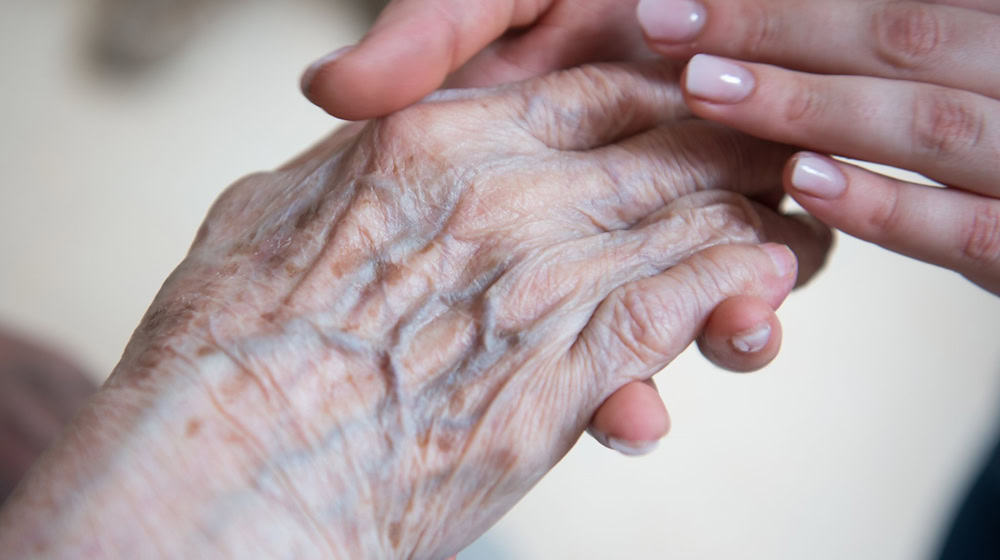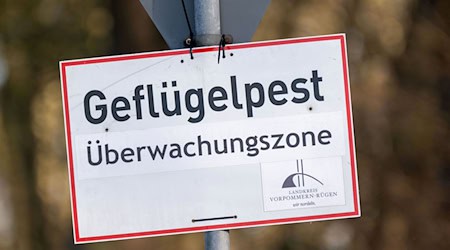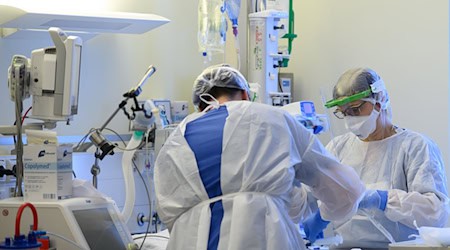About 1.9 percent of people aged 18 and over in the eastern German states and Berlin care for and look after adult household members. On average, relatives spend one hour and nine minutes a day doing this, according to the Saxony-Anhalt State Statistical Office in Halle. The data comes from a time use survey for which households from all over Germany kept a diary of their activities in 2022. The results show that the proportion of carers nationwide was slightly lower than in the east at 1.6 percent.
The survey included physical and other support for elderly, sick and dependent adults in the household. Domestic activities such as cooking or cleaning were not included.
When adult household members need to be supported, cared for and looked after, this is mostly done by female relatives. At 2.4 percent, the proportion of women who cared for relatives in this way was significantly higher than the 1.4 percent of men, according to the report. Caring women spent an average of one hour and 12 minutes, caring men one hour and 4 minutes.
Around 9800 households from all over Germany took part in the time use survey, including around 2100 from the five eastern German states and Berlin. The data was extrapolated to the total population of the group of states, according to the statisticians.
Copyright 2024, dpa (www.dpa.de). All rights reserved










